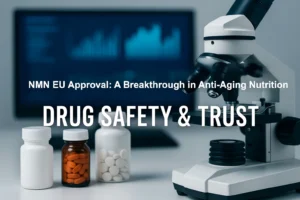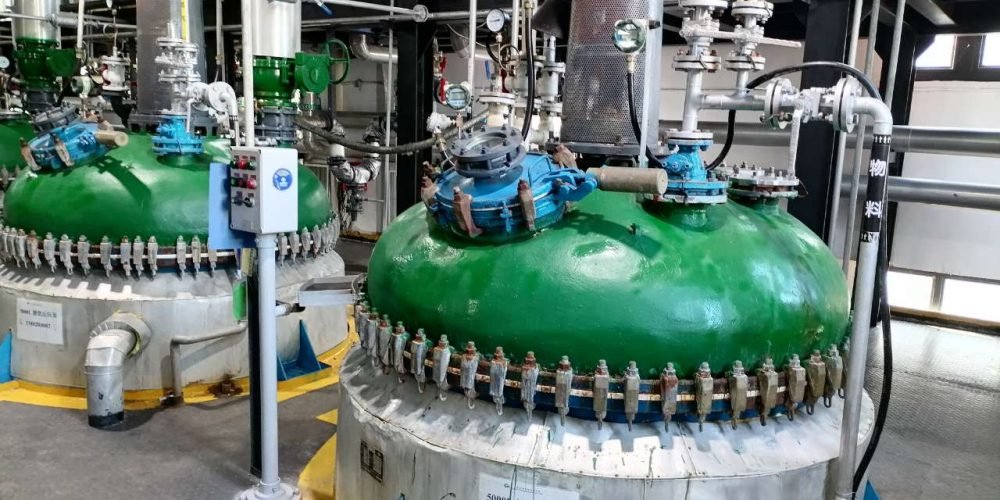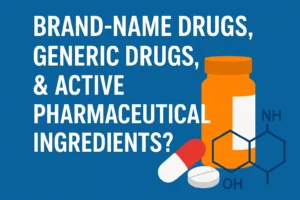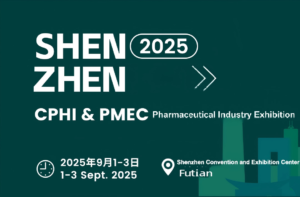Confused about the differences between brand-name drugs, generic drugs, and active pharmaceutical ingredients? This article will help you make informed choices about your medications.
When purchasing medication at a pharmacy, have you ever been confused by terms like “brand-name drugs” and “generic drugs”? Even though they are both used to treat hypertension, the price difference can be several times or even tenfold. What are the underlying reasons behind these labels?
This article will help you understand the relationship between the three in simple terms and guide you step by step in selecting the right medication.
The Fundamental Differences Between the Three
Brand-name drugs: The “only child” of innovative drugs
These drugs are akin to patented inventions in the tech industry, developed by pharmaceutical companies over several years with investments of billions of dollars, undergoing rigorous animal testing and Phase III clinical trials, and ultimately granted patent protection.
For example, metformin, used to treat diabetes, has unique advantages in formulation design and side effect control in its brand-name form. Patent protection typically lasts 20 years, during which other companies are prohibited from producing generic versions.
Generic drugs: The “affordable alternatives” after patent expiration
Once the patent for an original drug expires, other pharmaceutical companies may replicate its active ingredients, but must pass the National Medical Products Administration’s “bioequivalence evaluation.” These drugs are akin to counterfeit versions of luxury bags, requiring identical active ingredients, dosages, and administration routes as the original drug. For example, domestically produced amoxicillin capsules cost only one-third of the original drug’s price.
Active pharmaceutical ingredients (APIs): The “core materials” of drugs
These are the chemical forms of the active ingredients in drugs, akin to flour used in baking a cake. However, it is important to note that APIs cannot be taken directly and must be processed through formulation technology to create tablets, capsules, and other dosage forms. For example, the API for allopurinol, used to treat gout, must be combined with excipients to create a usable medication.
Golden Rules for Selecting Medications
Prioritize Brand-Name Drugs for Acute Conditions
In cases of sudden heart attacks, brand-name clopidogrel tablets provide more stable efficacy; in severe infections, brand-name antibiotics offer more reliable therapeutic effects. In such situations, even minor differences in drug efficacy may be life-threatening.
Consider Generic Drugs for Chronic Conditions
For patients requiring long-term use of antihypertensive or antidiabetic medications, generic drugs that have passed bioequivalence evaluation offer a cost-effective option. Data from the National Medical Insurance Bureau shows that the bioequivalence compliance rate of generic drugs that have passed consistency evaluation exceeds 98%.
Avoid raw drugs
There have been cases where patients purchased raw drugs on their own and suffered poisoning. Raw drugs are like unprocessed diamond ore and must undergo professional formulation processes to become safe and effective medications.
Pitfall Avoidance Guide
Beware of “overseas-purchased generic drugs”: Generic drugs from certain countries that have not passed China’s consistency evaluation may have process differences.
Look for the “consistency evaluation” label: The blue mark on the packaging box serves as a “quality guarantee certificate” endorsed by the state.
Special populations should exercise caution: Pregnant women and children are advised to prioritize brand-name drugs, as their clinical data is more comprehensive.




